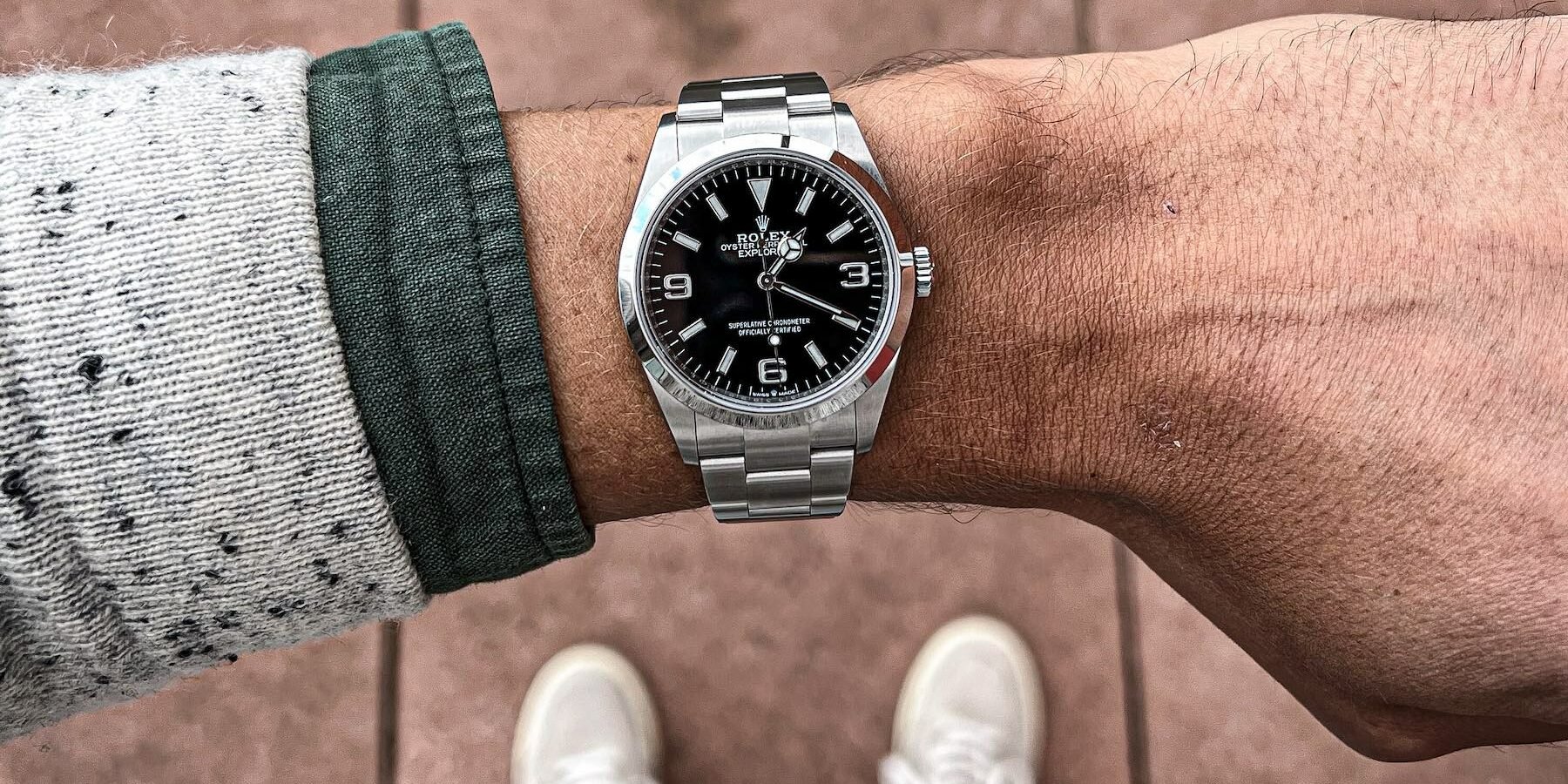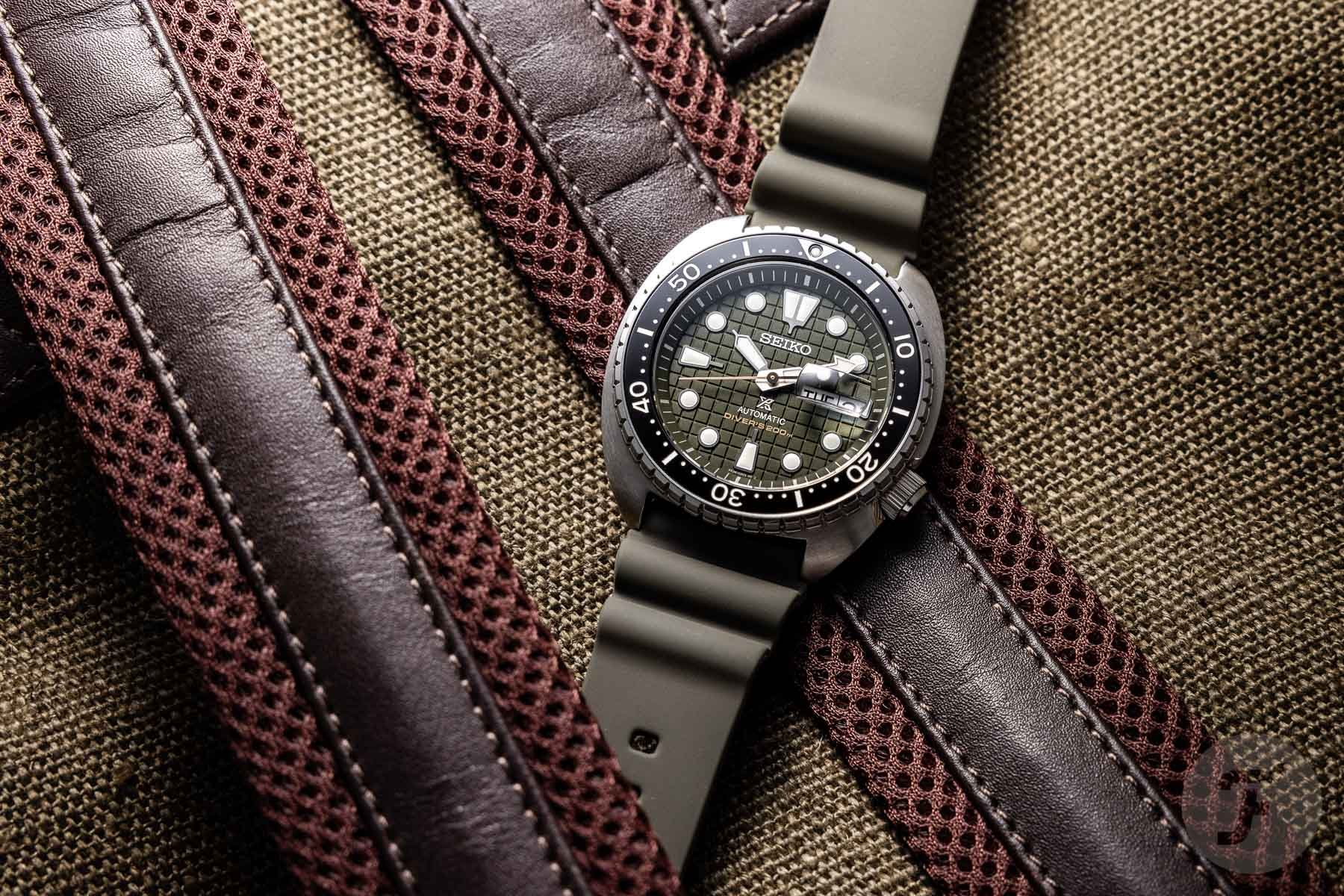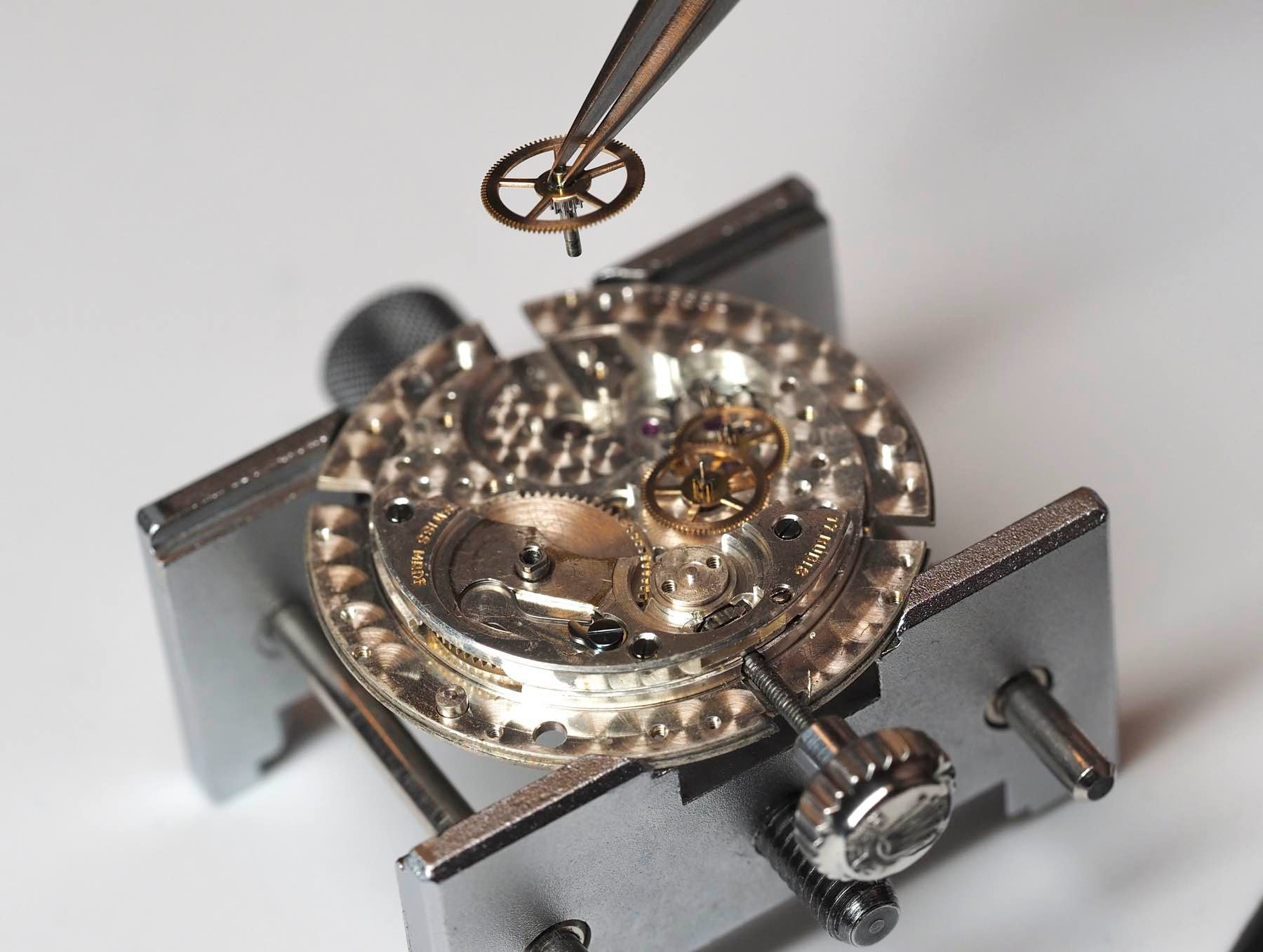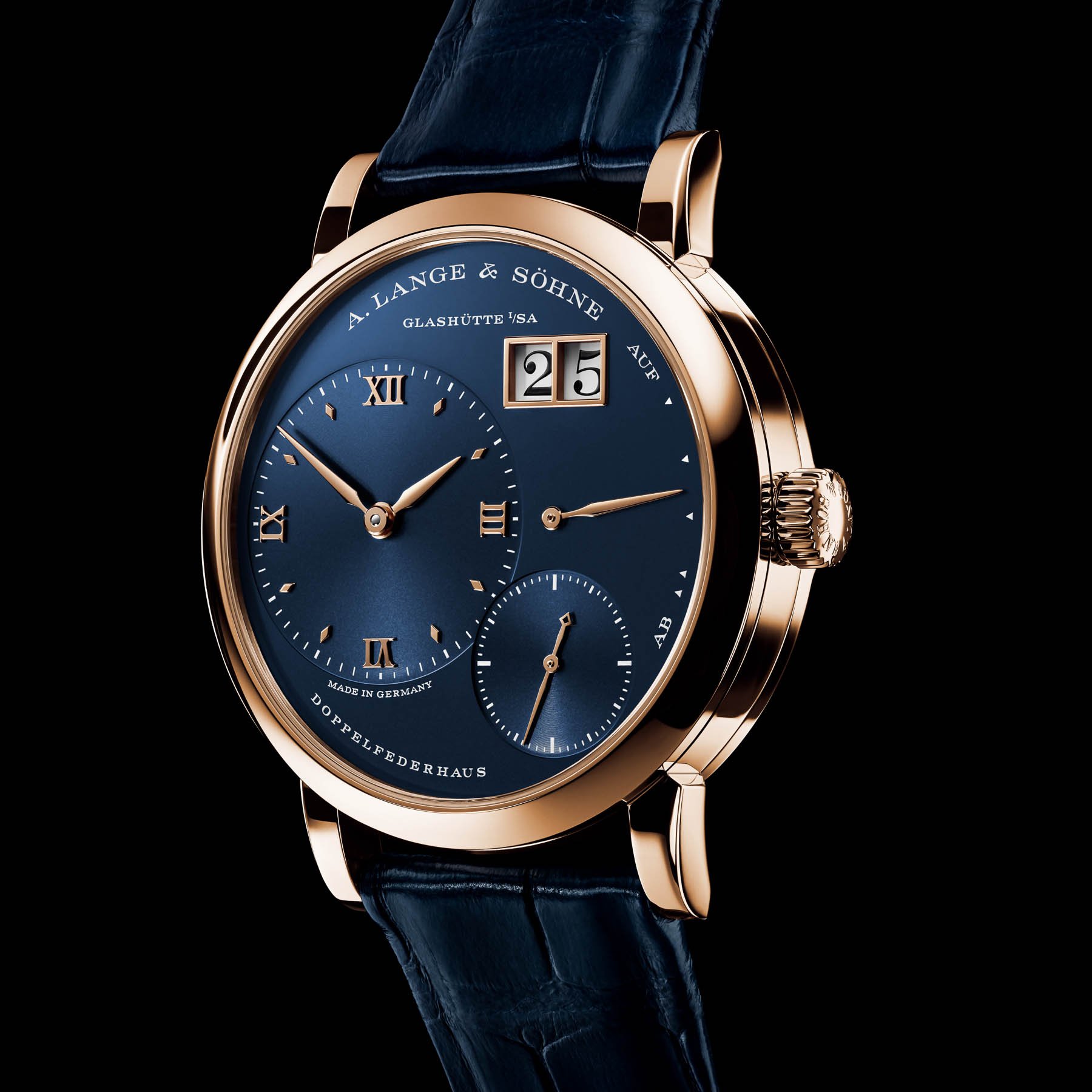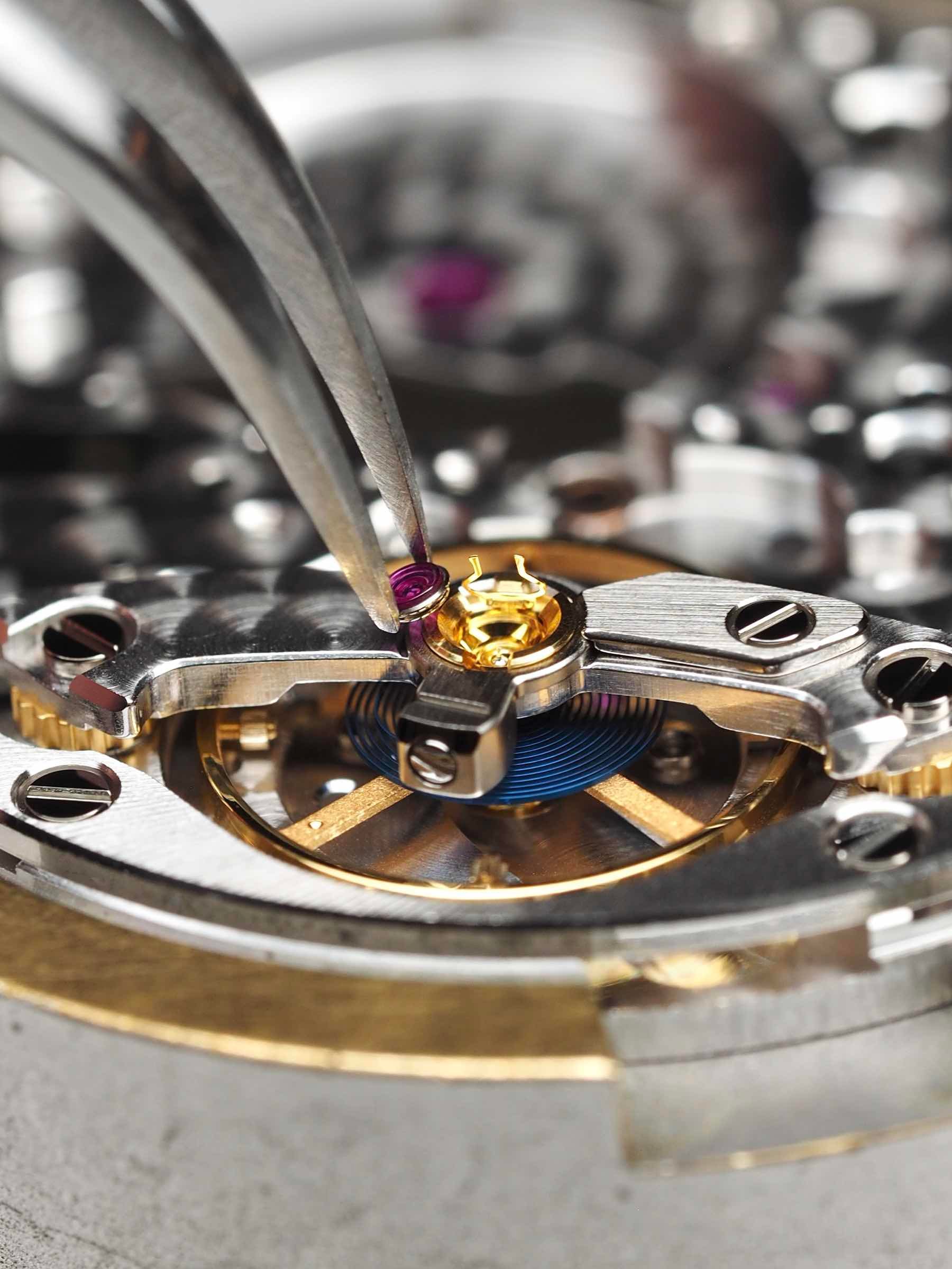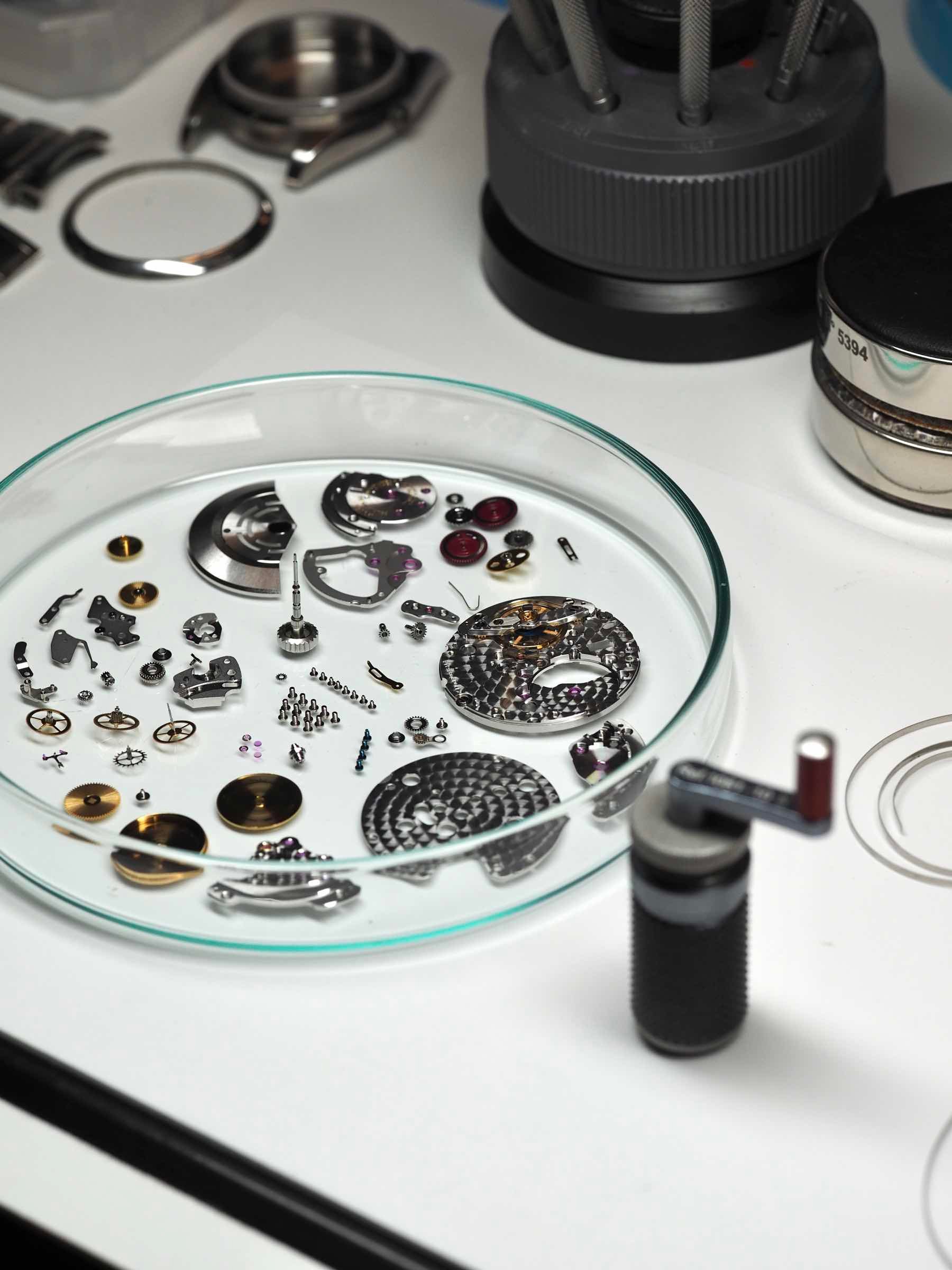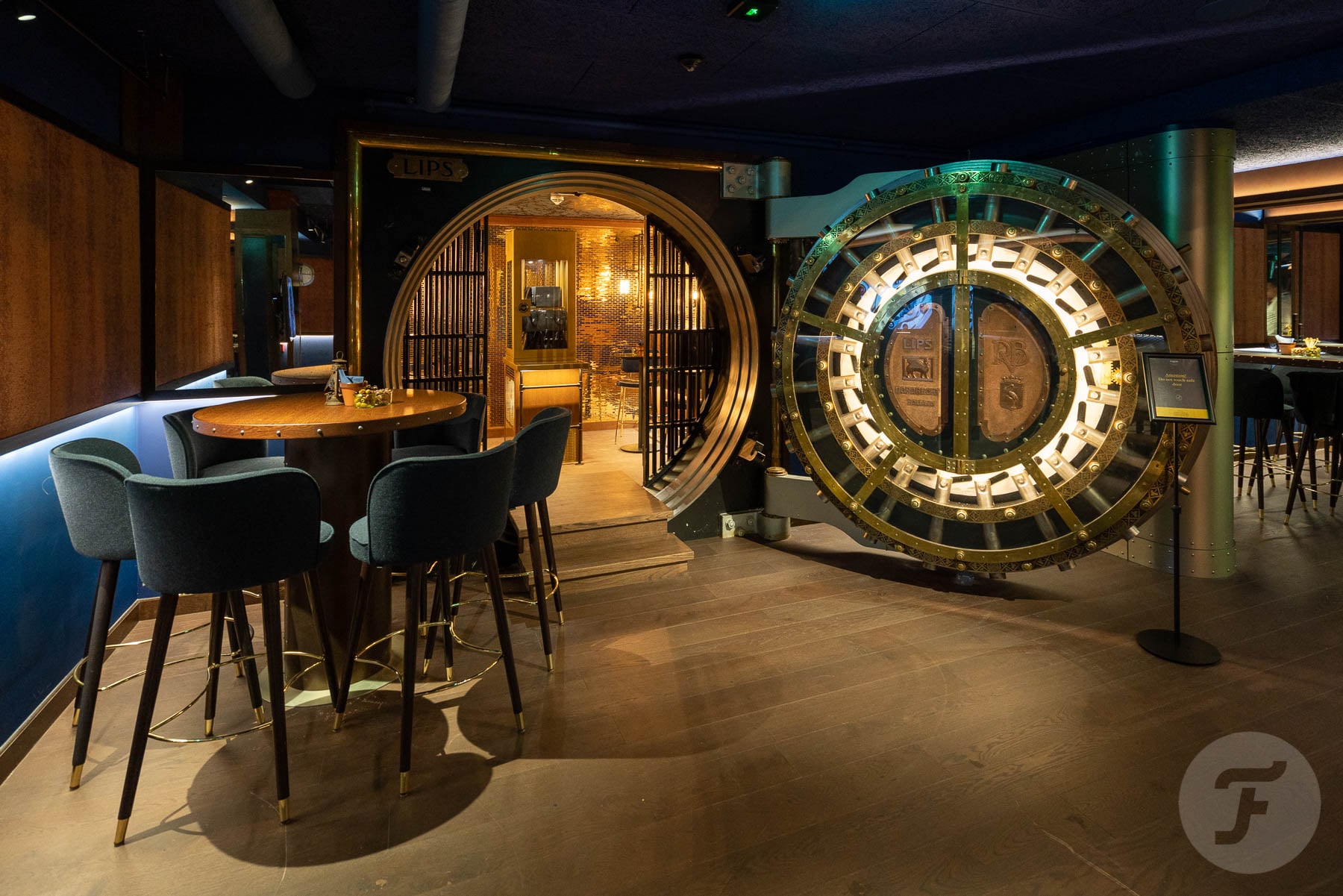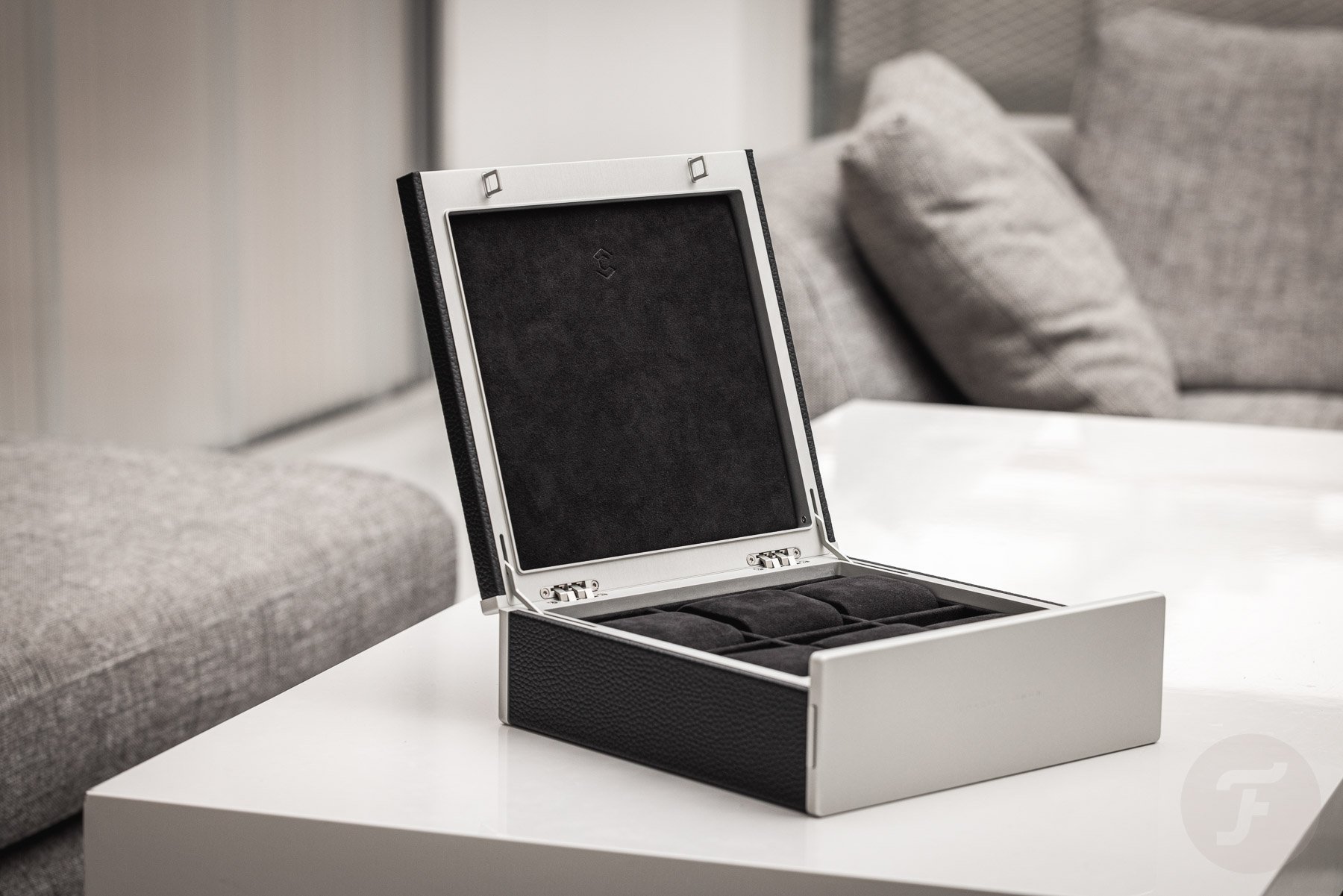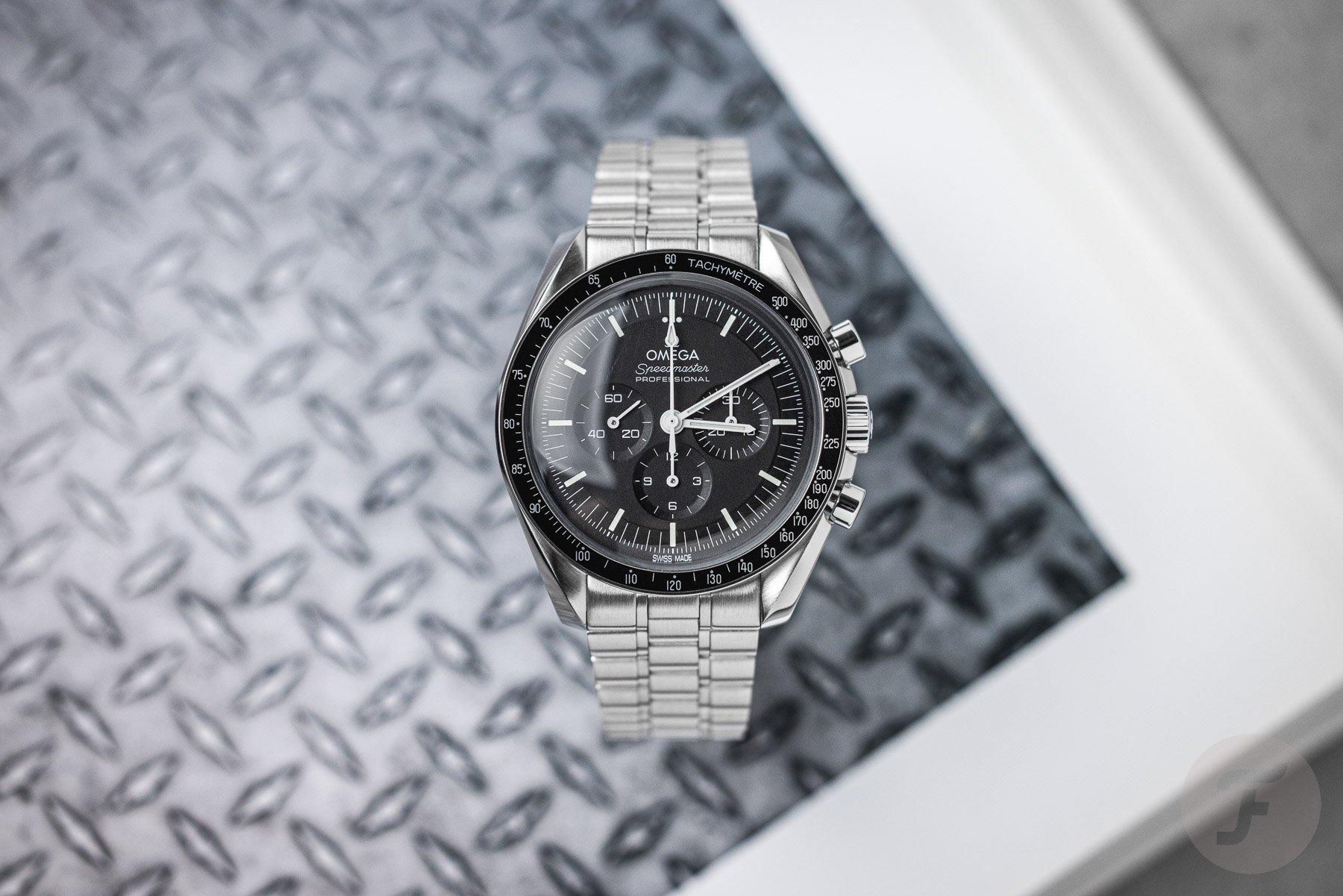Total Cost Of Ownership — What Does Your Watch Collection Cost In The Long Run?
Watch collecting is a costly hobby. We spend inordinate sums of money to acquire these objects of our shared affection. Maybe you have to save up for your next watch. Perhaps you allow yourself to splurge for significant life events. We all have our methods and justifications. However, the expenses do not stop after acquiring your time-keeping apparatus…
Today, I would like to explore the total cost of ownership of our beloved watches. To do so, I will take an imaginary four-watch collection that we plan to keep for life. Disclaimer: to keep it simple, I will use today’s prices and completely ignore inflation.
Our imaginary four-watch collection
Let’s start with identifying a potential four-watch collection. The principles discussed, of course, apply to any individual watch, but this imaginary collection serves to illustrate the point. We’ll start with a weekend watch, say, a Seiko King Turtle (€610). Next, we have a do-it-all watch. For this purpose, we will pick a current Rolex Explorer (€7,550). This is still Fratello, so we also need to throw in a current Omega Speedmaster Professional (€7,700) for our third pick.
The fourth pick is the outlier, something haute horlogerie. We will complete our imaginary watch collection with an A. Lange & Söhne Lange 1 (€49,800). This brings the total collection cost to €65,660.
This covers our bases nicely. Between the Turtle, Explorer, Speedy, and Lange 1, there is no situation for which we are not prepared. Now, let’s explore other costs we will face over the decades. Speaking of decades, let’s pretend we own this collection for 50 years before we pass the watches on.
Servicing as part of the total cost of ownership
Servicing is probably the most obvious expense. We need to look after our watches to make them last. For this example, we will maintain the brand-recommended service intervals, and we’ll get them serviced through a boutique or authorized dealer. The intervals immediately stand out as varying wildly. Seiko recommends a three-year interval. Rolex recommends 10 years. Omega advises a six-to-eight-year interval, while Lange recommends five to seven years. We’ll take the longest interval of each.
However, I have yet to encounter a watch enthusiast who services his base-level Seiko diver every three years. Let’s be cheeky and push that to 10. After all, it is the beater in our collection.
Next, we have to look at the typical cost of each service. Note that this can vary depending on the required extra work or, sometimes, replacement of parts. I will assume you are careful with your watches, so they will need nothing more than regular upkeep. We will skip work on the case if this is offered separately.
Servicing costs over time
Cost of a full service:
Seiko Turtle: Varies — likely around €200
Rolex Explorer: Varies — likely around €900
Omega Speedmaster Professional: €950
A. Lange & Söhne Lange 1: €1,300
Number of services in 50 years:
Seiko Turtle: 5
Rolex Explorer: 5
Omega Speedmaster Professional: 6
A. Lange & Söhne Lange 1: 7
Total cost of servicing over 50 years:
Seiko Turtle: €1,000
Rolex Explorer: €4,500
Omega Speedmaster Professional: €5,700
A. Lange & Söhne Lange 1: €9,100
Total: €20,300 servicing costs in 50 years
Total cost of ownership: storage and insurance
The next category depends heavily on personal preferences. I know collectors who keep their exotic watches in a sock drawer without insurance. If you are more like me, you want to keep your valuables — and your family — out of harm’s way. To this end, you could rent an external safe at a specialist storage company. This costs €550 per year in the Netherlands and includes insurance up to €90,000, which would suffice for our imaginary collection.
Alternatively, you could buy a safe to keep at home. A decent example that is anchored to the floor or wall will cost upwards of €500. Your watches might be covered under your household effects insurance but likely only to a certain (insufficient) amount. Such insurance can often be upped to include valuables. One example I found offered a €50,000 limit for €140 per year. Note that such insurance will often place specific demands on your safe, which might make that purchase more expensive. Also, note how the €50,000 limit would not suffice for our four-watch collection, so it leaves us exposed.
There are two more alternatives. One is to get specific insurance for each watch. The upside is that these cover theft and damage outside the house as well, where it is much more likely. It is, however, likely to run in the hundreds of euros per watch in our scenario. The other is to not insure your watches at all; you can live without them after all. Let’s pick the middle ground for our scenario with a safe at home and extra valuables insurance. Cost over 50 years: €550 + (50 × €140) = €7,550.
Other costs
The above does not take into account any issues that aren’t part of a regular service. Maybe you want to get some of the watches refinished once or twice over their lifetime. Perhaps you crack a crystal at some point. Maybe you need to get your bracelet restored after years of stretching it out. You might have a toddler drop the watch on a tile floor (or do it yourself but blame it on a toddler), bending the case out of shape. Such repairs get very costly very quickly. Of course, our household effects insurance might cover it, but it might not.
As mentioned, all the above also implies the world gets frozen in time for 50 years. But what if watch brands raise their prices by more than inflation? Or what if your income doesn’t follow inflation? Also, don’t forget that your current watches will be vintage by the end of our projected timeframe. This might push them into requiring special services for vintage watches, costing even more still. Parts might be more challenging and costly to source.
We also have not included any accessorizing you might want to do. Maybe you have a habit of switching straps, keeping your watches in fancy pouches or cases, or buying expensive cameras to photograph them. After all, watch enthusiasm tends to trigger all sorts of expensive, irrational behavior.
Total cost of ownership of watches
So, putting it all together, what can we reasonably expect as the total cost of ownership of our watches? Let’s start with our four-watch collection in a few different scenarios.
Servicing for 50 years plus buying a safe and raising your household effects insurance for valuables: €27,850
Servicing for 50 years plus renting an external safe: €47,800
This means that, excluding the original purchase, our €65,660 watch collection costs between €27,850 and €47,800 to own for 50 years. Of course, there are ways to lower this figure; this is merely an illustration. For instance, you could try stretching the service intervals and finding cheaper watchmakers. Similarly, you could go with the sock drawer and no insurance policy. Lastly, your watches might appreciate over time, so if you do sell at some point, you might get your money back after all.
Still, I think it is always good to have a rough idea of the true cost of a hobby. If you have any specific insights or advice on how to manage this, please do let us know in the comments below! My tip? Divide the service costs into a monthly amount and automatically wire that to a separate partition of your savings account. That way, you don’t feel the hit when it comes. I am looking forward to reading your tips!

